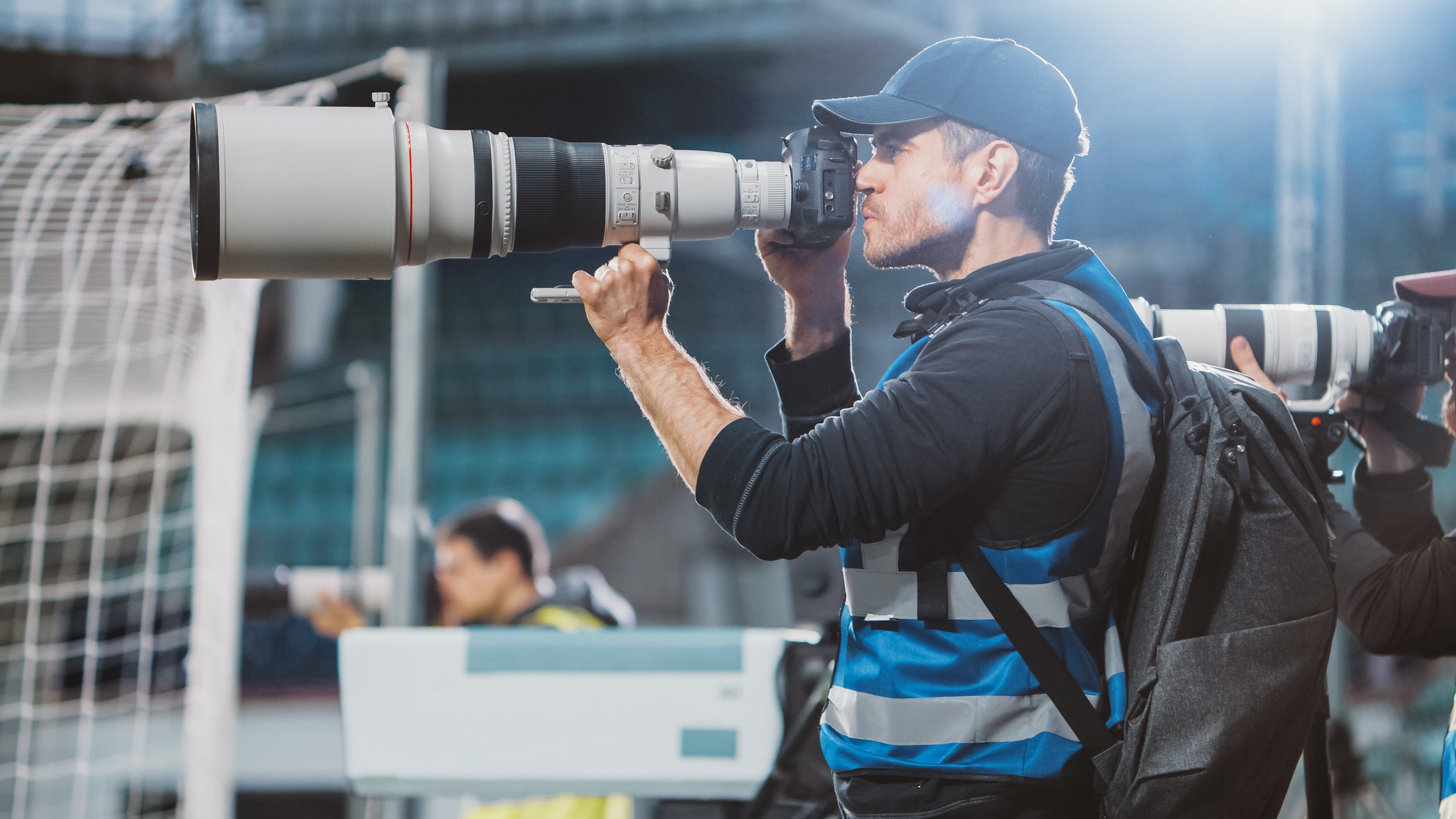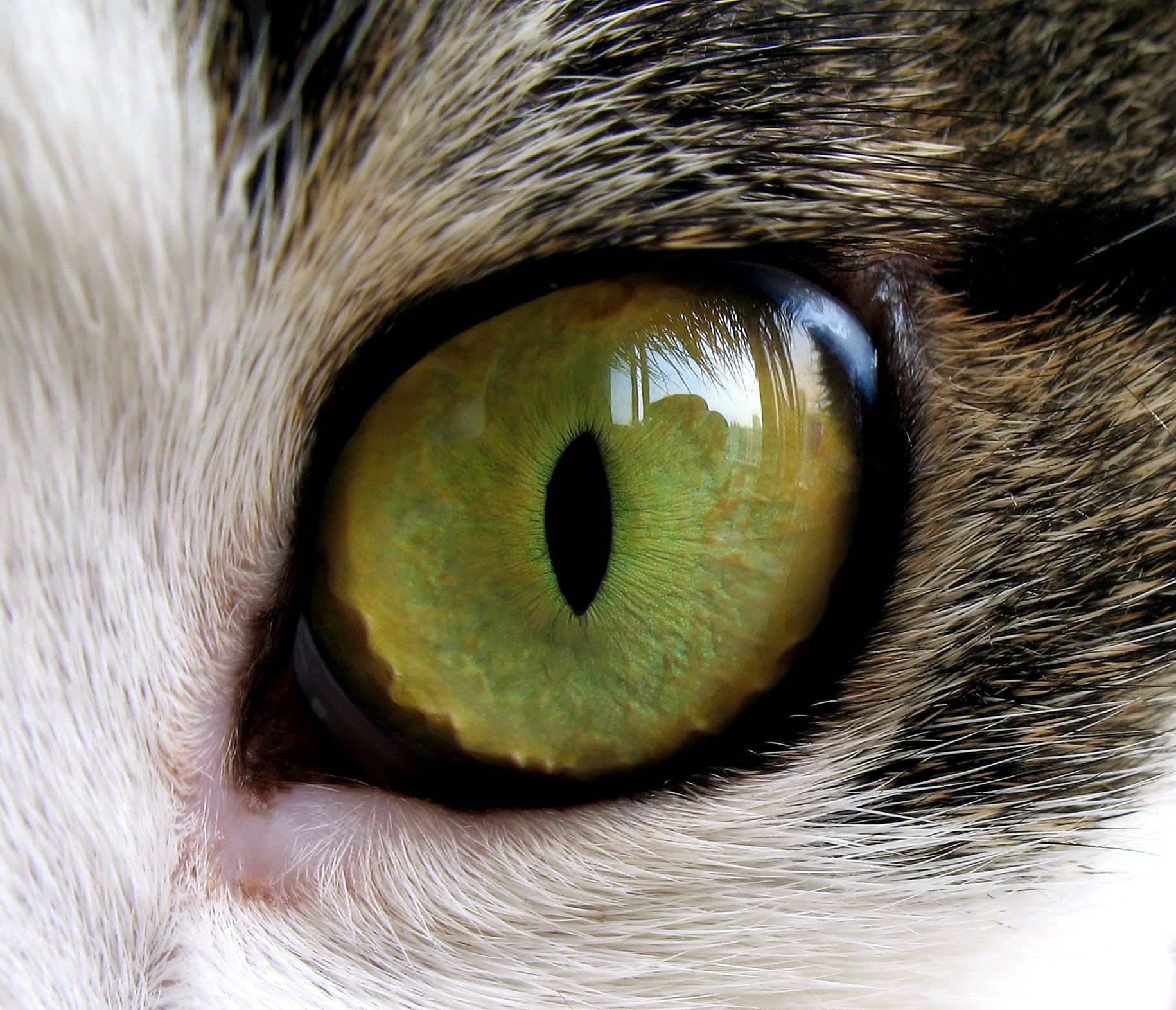How Much Lens is Enough?
/Hello folks. Many photographers ask this question and very often it follows a technical track when really the answer is an artistic one/. Allow me to explain.
Let’s say that you want to photograph professional sports. There is no answer until you know where you will be when you are making the photographs. Presuming that you can actually get to the sidelines, then the sport will answer the question for you. For anything played on a large field, a 400mm full frame equivalent is about the minimum so you don’t lose too much resolution when you crop, and you will be cropping.
Then you have to consider how much light you are going to have and what kind of minimum shutter speed you need. If the light is going to be poor, you are looking at a lens with a larger maximum aperture so you don’t have to raise your ISO so high that you dislike the photos or have to drown them in noise reduction soup. It could come down to your particular instance needs a lens of such focal length and such a large maximum aperture, that if you do not get paid well for the work, it’s just not worth the spend. Renting may be the best answer. Can you sacrifice one stop of ISO in order to spend significantly less on the lens maximum aperture? Only you will know what your goals and your budget are.
Let’s consider an ultra wide lens. How much angle of view do you need? Distortions and aberrations increase as does the angle of view? What is the widest that you will practically shoot at? What kind of light gathering is required? Will you be shooting the lens wide open much or at all? There are non-fisheye lenses down to 10mm or 11mm full frame equivalent but using them well requires a lot of practice. You aren’t going to be using those lenses for landscapes, they are better suited to where the camera to subject distance is minimal and you need to get a lot into the frame.
Do you really need a zoom, or could you reduce cost and weight by being willing to move around a bit? Only you can answer for yourself. I sold an excellent 14mm to help fund an 11mm-24mm zoom. It’s a fine lens, but it is heavy and the front element is enormous. For me, the purchase was a mistake, I would be better off had I just kept the 14mm prime.
On that subject alone, how much do you need a zoom? Certainly they are convenient, but if you always shoot your telephoto 70-200 zoom, would you not be as well served with a prime 200mm? Certainly less expensive and less weight. Of course it might mean that you have to move around a bit to get the level of filling the frame you desire for a shot. Perhaps the savings make a bit of movement a better option. I bought a 120mm-300mm f/2.8 zoom. A really fine lens. But long and heavy. After having it a year, I discovered that the number of shots that I made with it not at 300mm was less than 10%. I got rid of it and bought a used 300mm f/2.8 prime and am much better off for that decision.
When I started with macro photography in the late seventies, I had a 55mm macro and while it was (and still is) tack sharp, I had to be right on top of my subject to get maximum magnification. Later when I moved to digital and was in a position to afford it, I bought a 100mm macro. More usable and a bit more stand off distance but I still had to have the lens very close to the subject for maximum magnification. I then borrowed a 180mm macro and while I lost ½ a stop of lens speed, it gave me a much more usable working framework with increased stand off and lens attached tripod mount. Had I spent the time up front doing a proper needs assessment, I never would have bought the 100mm macro because while it is a great lens, it’s not the best lens for me.
People get excited about camera bodies. But a body without the right lens is a paperweight. I would rather have the right glass than 6000 focus points and automatic pigeon eye detection or whatever pointless (to me) hokum has come out on the newest camera body that is backordered for the first six months of its existence.
It’s possible that for a variety of reasons we may have our priorities in the wrong place. For me, the priority is the the thing that gathers the light from the subject and that is the glass. You decide for you.
All images used are purchased from Adobe Stock and all are made by real photographers with real cameras. No AI crapola.
Please become a member on Patreon to help support this channel. A big thanks to all the existing Patreon members! Send in comments or questions, I read and respond to all. If you shop with B&H Photo Video, please use the link on the main page as it pays me a small commission and does not cost you anything to do so. Thanks again and we will see each other again soon.












